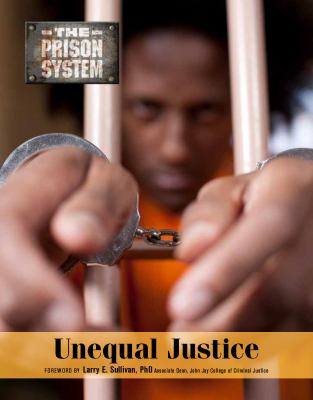
print
|
Unequal justice
Copies
1 Total copies, 1 Copies are in,
0 Copies are out.
Authors
Subjects
Language
English
Series
Dimensions
24 cm.







